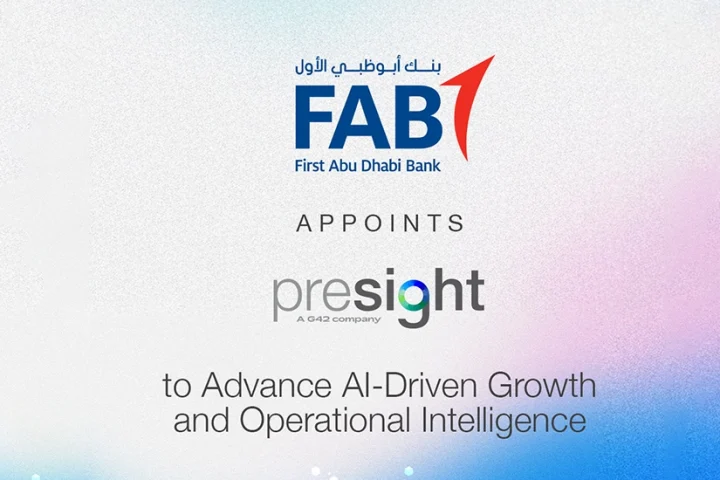Where is the regional Enterprise Communication market standing now and what would be the 2017 trends?
Customers are seeking fast and effective interactions with the companies they interact with. Add to this the commoditization of products and services that are making a better quality of customer service essential. For this to happen, enterprises need to place a greater emphasis on improving processes. Businesses will hence look at adopting more customer-centric communications strategies. The trends shaping Enterprise Communications in 2017 are the same trends that are affecting other technologies, which are essentially IoT, Big Data, and AI – which included machine learning and chatbots. In addition to creating an efficient customer service experience, it also leads to great cost reductions. Security and compliance will also play an essential role in communications deployments.
What should be 2017 CIO agenda for enterprise unified communication infrastructure?
Companies today are trying to protect their investments and look at integrating heterogeneous systems that have been deployed historically. They are therefore looking at solutions which allow to do this without a rip or replace. A major shift is also happening in adoption of cloud based UC solutions where seamless integration with the current applications allow them to grow at their own pace.
How should workspaces evolve to support new collaboration techniques?
Technology at the workplace is evolving at a lightening pace. Trends such as IoT and BYOD are starting to dictate how businesses collaborate. Essentially these trends work towards making collaboration more cost effective and improve employee efficiency. Workspaces of today are designed for maximum employee collaboration, however, there is always a need for exclusivity for classified processes and discussions at a high level.
Organizations are concentrating on emerging technologies such as IoT, wearables, BYOD, telepresence, virtual offices that can support greater collaboration with information between its employees that are located locally and globally.
For example, enterprises should invest in strong wireless networks; make sure employees smartphones, laptops or tablets are compatible and can be linked to their existing communications infrastructure. An enterprises bring-your-own-device (BYOD) policy can also encourage workers to be pro-active and productive.
What is the competitive edge/ value proposition of your solution over the other all-in-one UC solutions in the market?
AGC’s edge lies in the fact that we offer end-to-end UC integration services, and one of our core strength areas includes blending and offering a hybrid architecture that functionally enhances the user experience across different management levels in an enterprise. We function as trusted advisors to our customers and help them select the right solution. AGC offers customized solutions which are best of breed and help bring the overall cost of ownership down for our customers.




















